Jade, revered for its beauty and cultural significance, particularly in Eastern traditions, has fascinated people for generations. Beyond its aesthetic appeal, many are drawn to the perceived spiritual and health benefits of wearing jade. This leads to the common question: “How Much Is A Jade Stone Worth?”
The value of jade varies widely, influenced by factors such as color, clarity, and texture. Understanding these characteristics is key to assessing its worth. From the vibrant greens of jadeite to the delicate hues of lavender or white jade, and even rarer black or transparent varieties, each type possesses a unique allure and value.
Jade’s price range is extensive, spanning from approximately $5 per carat to millions of dollars. A testament to its potential value, the most expensive jade ever sold reached a staggering $27.4 million per carat, setting a world record.
Several factors contribute to the considerable variation in jade prices, including quality, color, size, and origin. High-quality jade is often considered a luxury gemstone, commanding a premium price. The value of jade is also subjective, influenced by market demand and current trends.
This guide will explore the pricing of jade based on its color, type, origin, and units of measurement, providing a comprehensive overview of this captivating gemstone’s worth.
Jade Pricing Based on Color
Color significantly impacts a jade stone’s value. Certain colors are more desirable than others, influencing their price. Let’s examine various jade colors and their corresponding price ranges.
Jade Value by Color: An Overview
| Color | Location | Price (Per Carat) | Price (Per Gram) |
|---|---|---|---|
| Imperial Green | Burma | $350 – $550 | $1750 – $2750 |
| Imperial Green | Outside of Burma | $100 | $500 |
| Lavender | Any | $200 – $1,400 | $1000 – $7000 |
| Yellow (Mutton Fat) | Any | $250 – $300 | $1250 – $1500 |
| White | Any | $100 – $300 | $500 – $1500 |
| Orange | Any | $15 – $300 | $75 – $1500 |
| Yellow | Any | $10 – $300 | $50 – $1500 |
| Purple | Any | $10 – $300 | $50 – $1500 |
| Blue | Any | $10 – $300 | $50 – $1500 |
| Dark Green | Any | $6 – $150 | $30 – $750 |
| Black | Any | $1 – $100 | $5 – $500 |
| Red | Any | $1 – $15 | $5 – $75 |
| Brown | Any | $1 – $10 | $5 – $50 |
| Gray | Any | $1 – $10 | $5 – $50 |

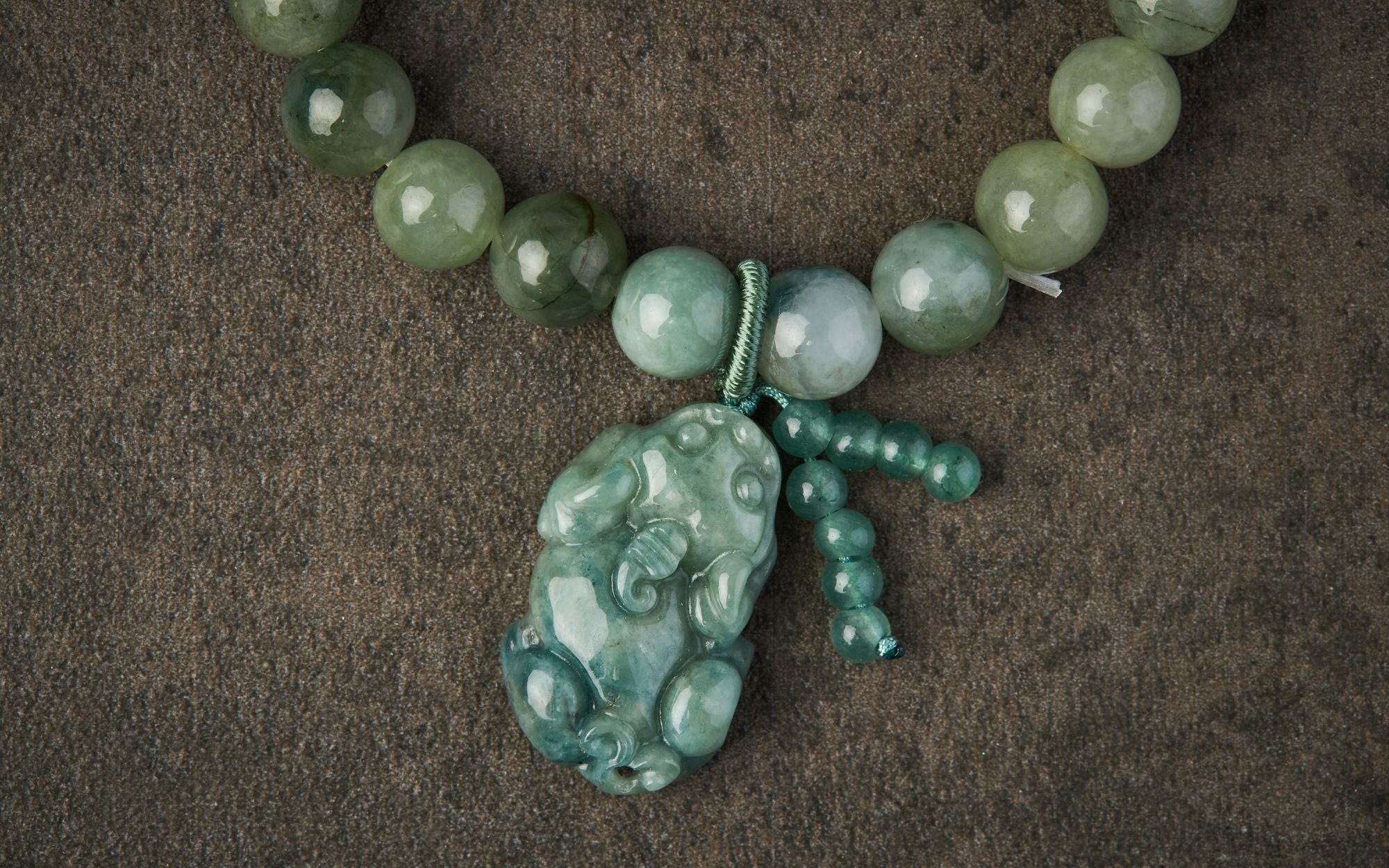
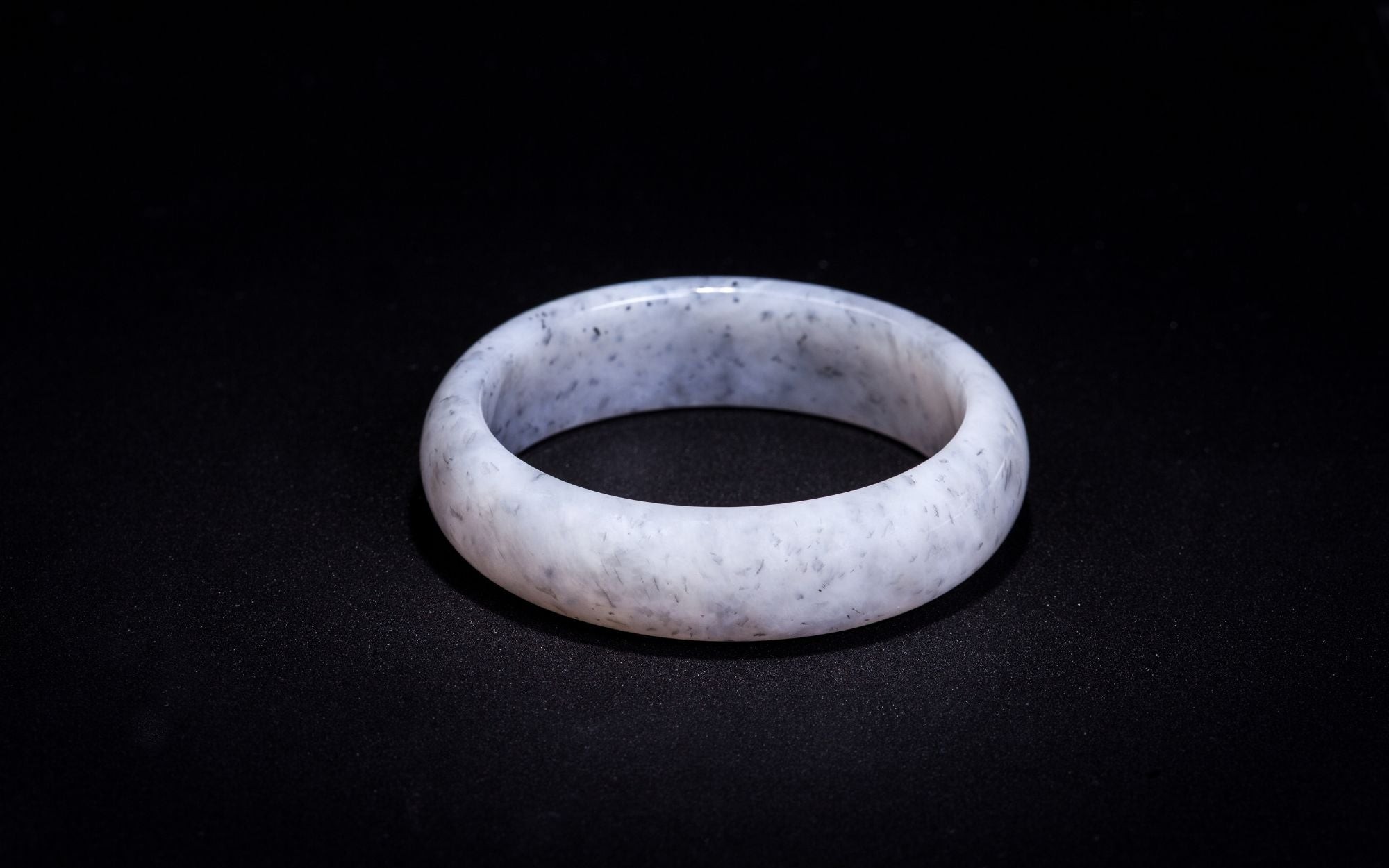
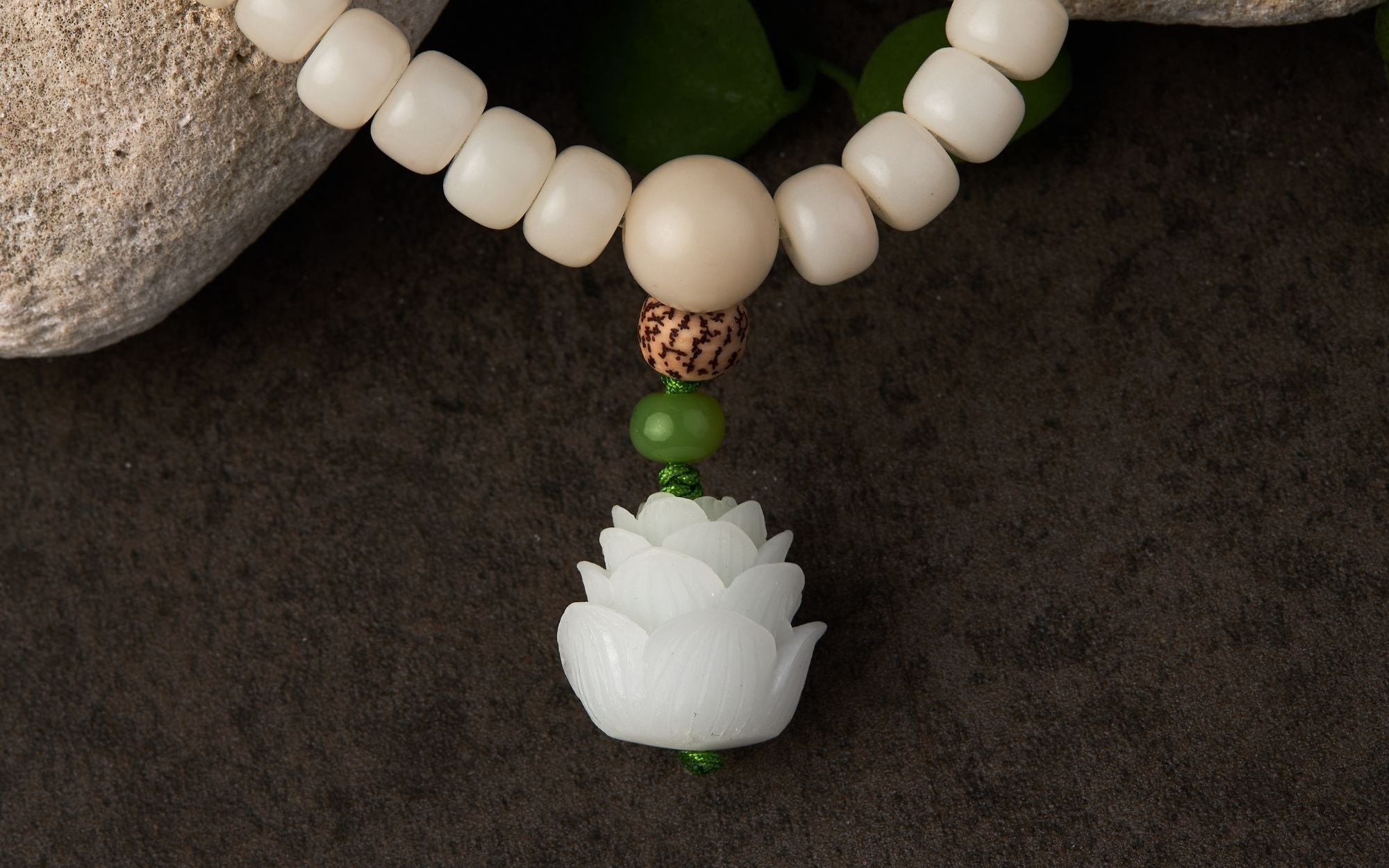


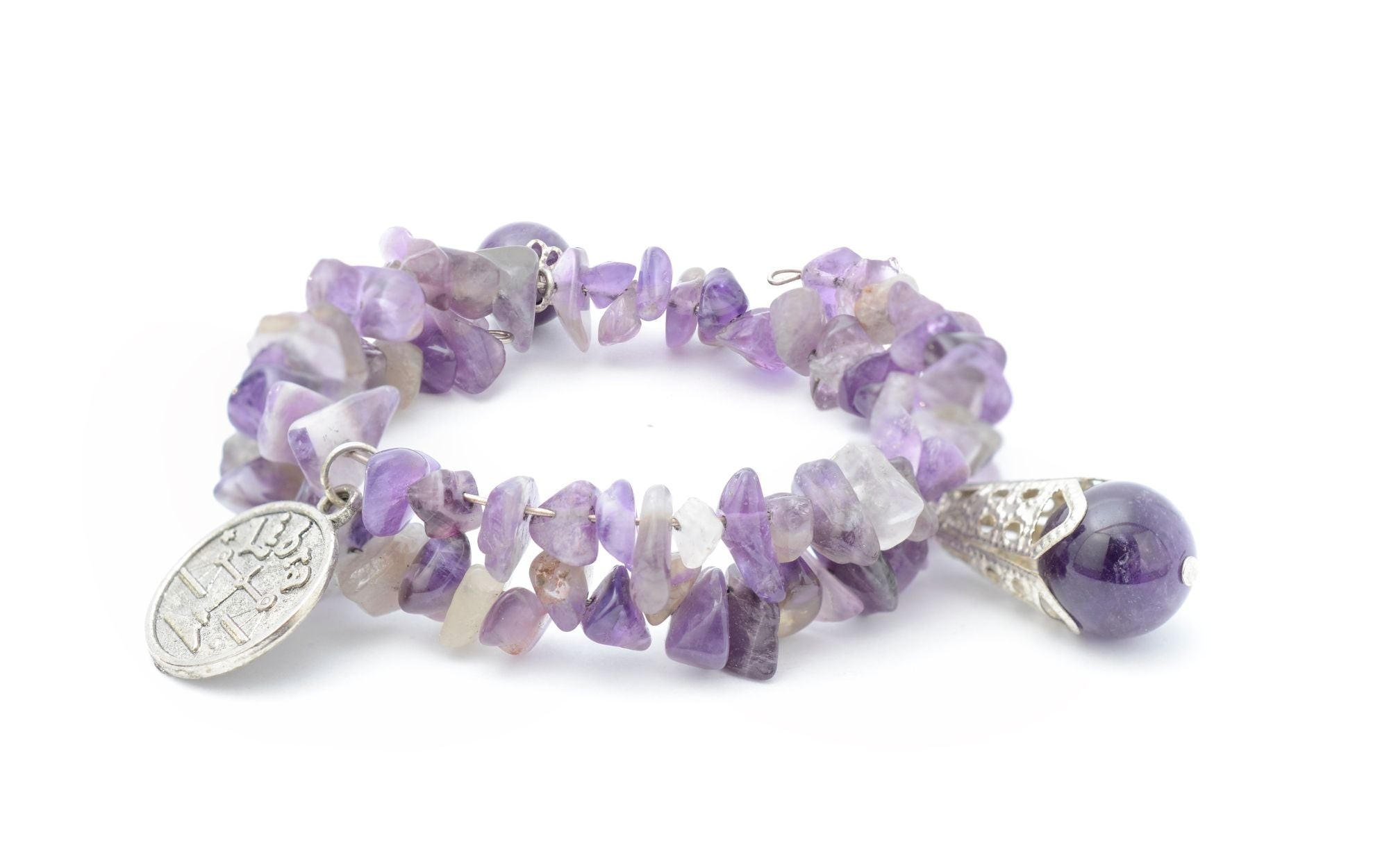
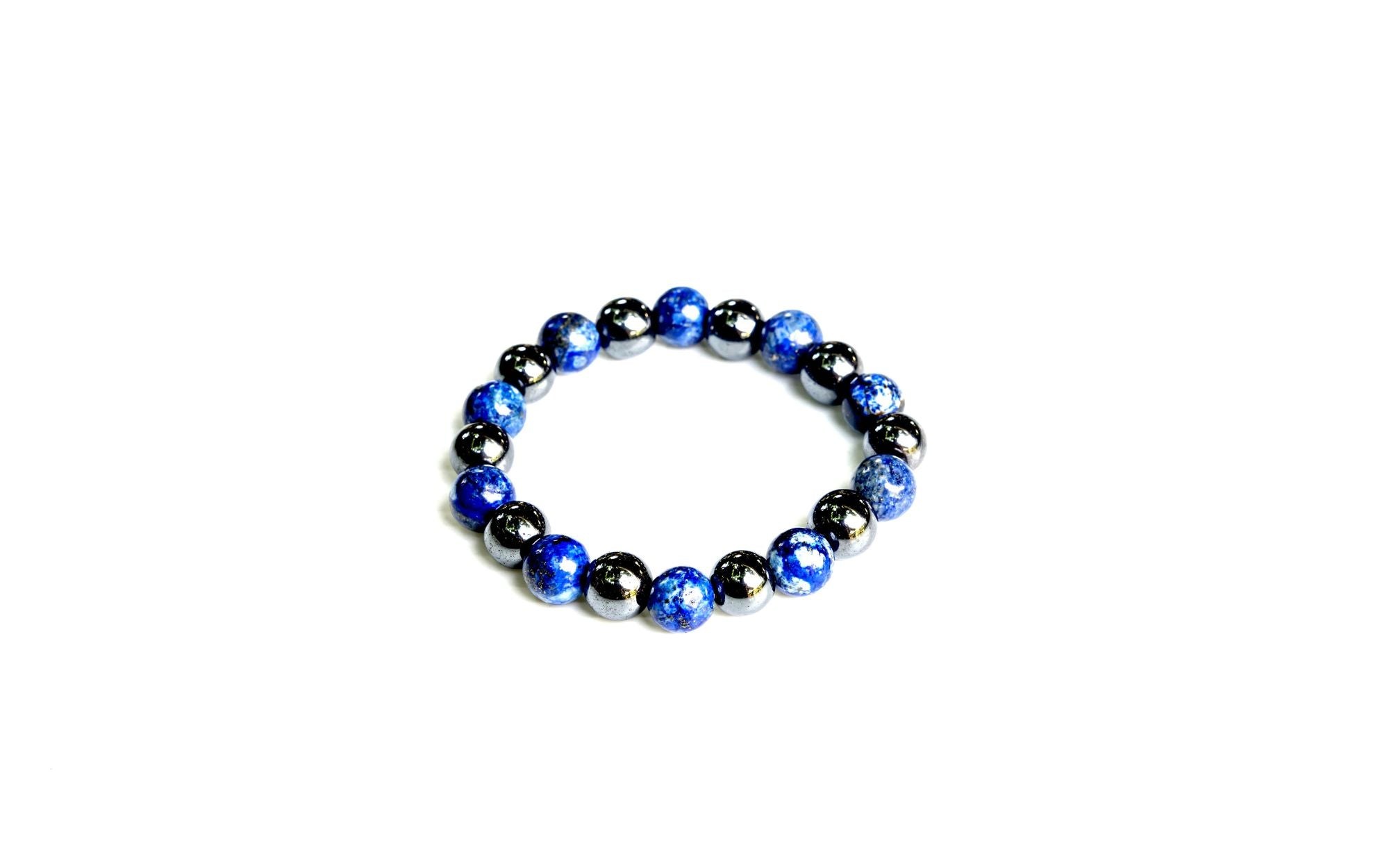

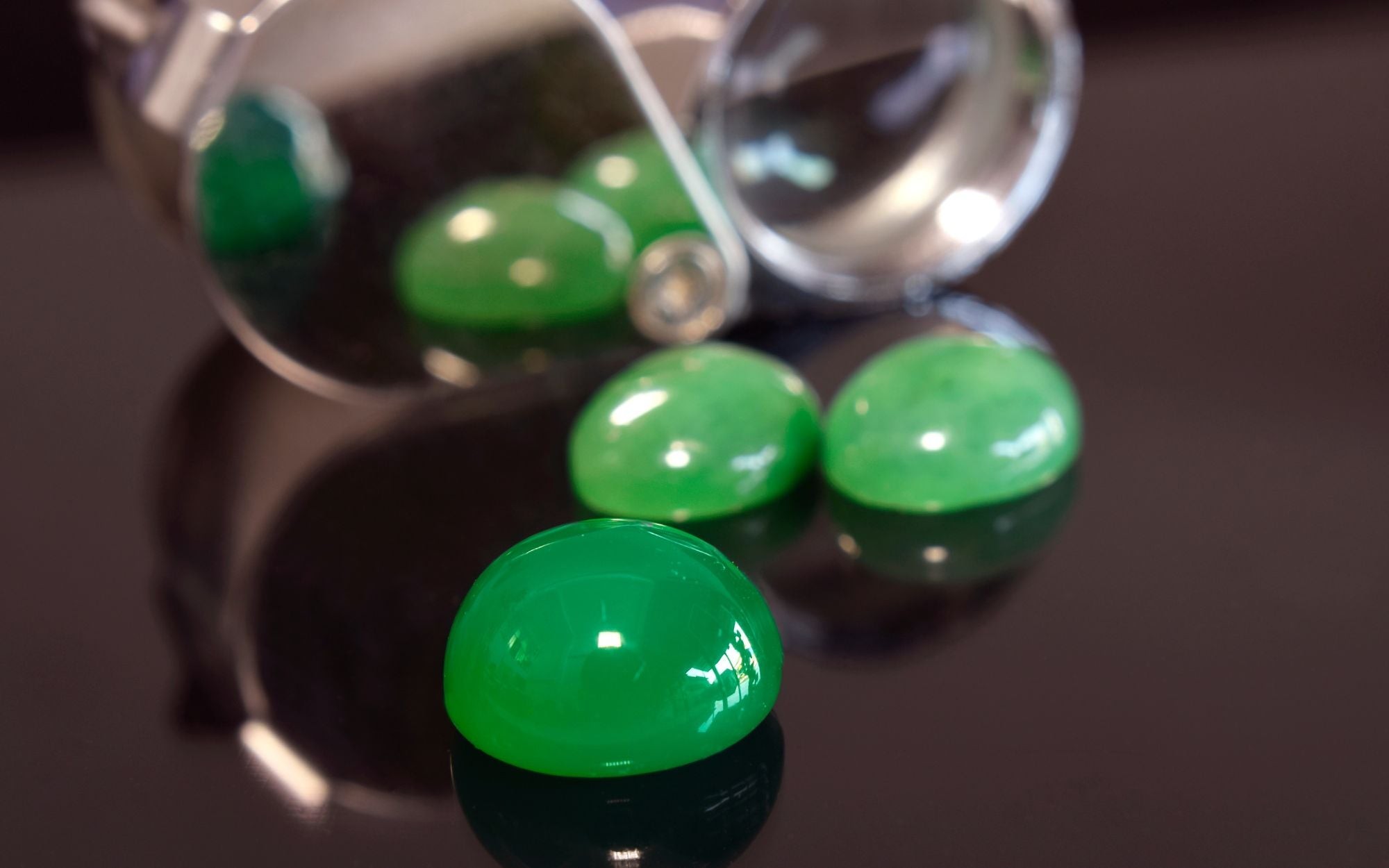
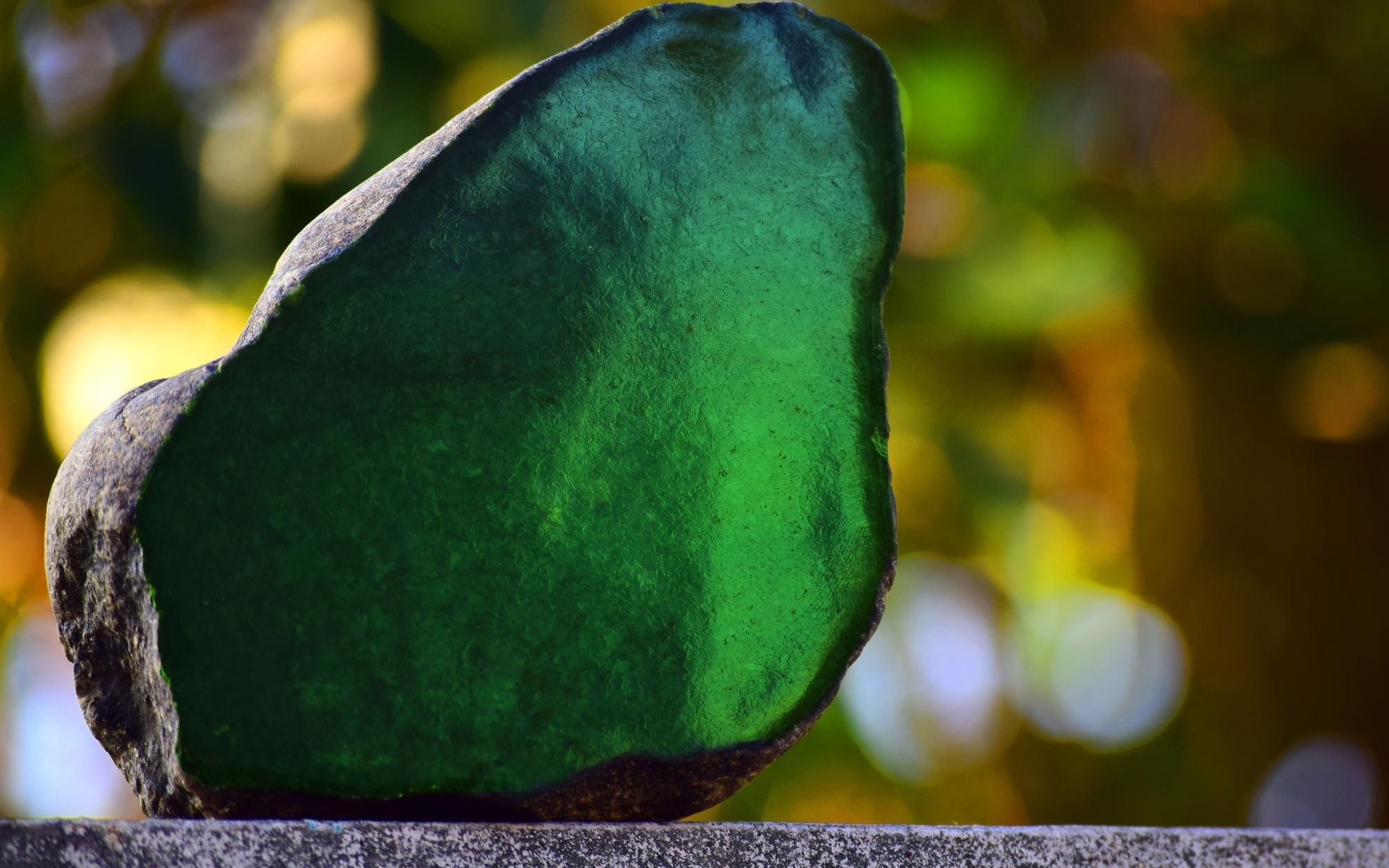


Understanding Color Variations in Jade
Within each color category, subtle variations in shade can significantly affect a jade stone’s value. These variations are influenced by factors like chromophores (minerals responsible for color) and the overall aesthetic appeal of the stone.
Experts assess the value of colored jade by considering factors such as hue, saturation (intensity), tone (lightness or darkness), transparency, clarity, and the evenness of color distribution throughout the stone.
Green Jade: The Most Prized Color
Green jade, particularly “Imperial” green, is the most valuable and sought-after color.
Its vibrant hue resembles precious gemstones like emeralds, making it highly desirable. The intense green color is often associated with luck and prosperity, further enhancing its appeal to collectors and enthusiasts.
How much is green jade worth?
The price of green jade ranges from $5 to $550 per carat, depending on the specific shade.
| Color | Location | Price (Per Carat) | Price (Per Gram) |
|---|---|---|---|
| Imperial Green | Burma | $350 – $550 | $1750 – $2750 |
| Imperial Green | Outside of Burma | $100 | $500 |
| Dark Green | Any | $5 – $150 | $25 – $750 |
Lavender Jade: A Rare and Expensive Variety
Lavender jade, prized for its exquisite beauty and unique color, is considered one of the most expensive jade varieties.
The mesmerizing lavender hue is associated with serenity and tranquility. Its rarity and the difficulty in sourcing it make it a coveted gemstone for collectors. Lavender is also sometimes used as a trade name for pink jade.
How much is lavender jade worth?
Lavender jade ranges from $200 to $1400 per carat.
White Jade: Highly Revered for Its Purity
White jade, revered for centuries for its beauty and symbolism, is highly sought after.
Its pale, milky color evokes a sense of purity and elegance, making it a popular choice for jewelry and decorative items. Its rarity contributes to its high value. In addition to its aesthetic appeal, white jade is believed to possess healing properties, promoting good health and well-being.
How much is white jade worth?
White jade ranges from $100 to $300 per carat.
Yellow Jade: A Radiant Gemstone
Yellow jade, known for its warm, buttery hue, is a captivating variety.
Its vibrant color offers a distinctive charm, making it an appealing choice for unique jewelry and decorations. Mutton Fat jade, named for its resemblance to mutton fat in color and consistency, is particularly valued for its unique appearance. These jade crystals are perceived to bring joy, happiness, and positive energy.
How much is yellow jade and Mutton Fat jade worth?
Yellow jade starts at $10 and can reach up to $300 per carat. Mutton Fat jade ranges from $250 to $300 per carat.
Orange Jade: A Rare Nephrite Variety
Orange jade, a rare variety of nephrite, is known for its vibrant color.
Its rarity often makes it more expensive than other jade varieties. The unique orange hue is caused by iron impurities during its formation, resulting in shades ranging from pale orange to deep, fiery tones. Orange jade is also believed to possess powerful healing and protective energies.
How much is orange jade worth?
Orange jade ranges from $15 to $300 per carat.
Purple Jade: A Precious Gemstone
Purple jade is highly valued in the world of gemstones, making it quite expensive.
Its rarity plays a significant role in its cost, as it is not commonly found in large quantities. The vibrant purple color also contributes to its price. As a healing stone, purple jade is believed to be highly purifying, cleansing one’s aura and surrounding environment.
How much is purple jade worth?
Purple jade ranges from $10 to $300 per carat.
Blue Jade: A Calming Stone
Blue jade is relatively expensive compared to other gemstones because of its rare color.
The presence of titanium (Ti) or iron (Fe) causes its unique hue. In addition to its soothing effects, blue jade is believed to improve communication and encourage self-expression.
How much is blue jade worth?
Blue jade can be purchased for $10 to $300 per carat.
Other Jade Colors: More Affordable Options
Darker shades such as red, brown, gray, and black jade are more affordable options, costing around $1 to a hundred dollars per carat.
Factors Influencing Jade Value
Several key factors contribute to the value of jade.
Jade Quality
Quality is a crucial determinant of jade’s value, encompassing characteristics like color intensity, translucency, and the presence of flaws. Vibrant and intense colors increase value, as does high translucency. Flaws and imperfections can negatively impact its worth.
Rarity of Jade
Rarity significantly increases jade’s value. Scarce types or colors, such as Imperial Jade (Burmese Jadeite), command higher prices due to their limited availability.
Craftsmanship and Historical Significance
Expert craftsmanship and historical significance enhance the worth of jade. Intricate carvings add value through the skill and artistry involved. Pieces associated with famous individuals or events are highly sought after by collectors.
Types of Jade and Their Value
Jade primarily consists of two main types: nephrite and jadeite. Nephrite is more common and generally less expensive than the rarer and more precious jadeite.
Jadeite
Imperial green jadeite from Myanmar (Burma) is the most valuable type of jade, highly regarded for its exceptional color and transparency. In 2014, the Hutton-Mdivani jadeite necklace sold for over $27.4 million at auction, setting records as the most expensive jadeite jewel and Cartier jewel ever sold at auction.
Nephrite
Nephrite is commonly found in China, typically in mid- to dark-green tones. While rarer nephrite can be found in other shades, it doesn’t possess the same level of translucency as high-quality jadeite. Jadeite offers a wider range of colors, including vibrant greens and lavender hues.
Green jadeite is generally considered the most valuable variety due to its rarity and beauty; however, other variations like icy white or purple jade can also hold significant worth depending on their quality.
Jade Value Based on Origin
The origin of jade significantly influences its value. Certain regions are known for producing high-quality jade with unique geological conditions that contribute to variations in color and quality.
Myanmar (Burma)
Myanmar is renowned for its jadeite deposits, producing vibrant green stones with excellent translucency.
Guatemala
Guatemala is a notable producer of fine-quality jade, yielding a range of colors including green, lavender, and blue, valued for their rich coloration and clarity.
Canada
Canada, particularly British Columbia, produces nephrite jade known for its beautiful green hues and durability, suitable for carving intricate designs.
China
China has a long history with jade, offering various colors like white, green, lavender, and yellow. The country’s expertise in carving intricate designs enhances the value of Chinese jadeite jewelry.
Russia
Russia is known for its translucent greenish-white nephrite called “Siberian Greenstone,” exhibiting exceptional hardness and durability.
Generally, jade from Myanmar is considered high-quality and commands the highest prices. Understanding the origin of jade can enhance its appreciation.
Jade Value in Different Units
Jade’s cost can be measured in various units.
Carats: Evaluating Individual Gemstones
Carats are commonly used for individual gemstones or jewelry pieces, determining the overall value of a particular jade item.
Grams: Assessing Larger Quantities or Sculptures
Grams are useful for larger quantities or sculptures, particularly when evaluating bulk purchases or large-scale pieces.
Jade Value Beyond Monetary Price
Jade holds significant metaphysical properties that enhance its value beyond its price.
Metaphysical Properties of Jade
- Harmony and Balance: Jade is believed to bring harmony and balance, promoting peace and tranquility.
- Protection: It acts as a shield against negative energies.
- Abundance and Prosperity: It is known for attracting luck, wealth, and success.
- Emotional Healing: Jade aids in emotional healing by promoting love, compassion, and forgiveness.
- Physical Health Benefits: It supports the immune system, promotes longevity, and improves overall well-being.
- Spiritual Growth: Jade encourages self-reflection and deepens one’s connection with nature.
- Chakra Alignment: Different colors of jade align with specific chakras.
Tips for Buying Jade
Consider these tips when purchasing jade:
Educate Yourself
Learn about the different types of jade and their characteristics.
Authenticity is Key
Purchase from reputable sources that provide certification or guarantees.
Color and Clarity
Look for vibrant colors with good translucency and avoid stones with visible cracks.
Carving Craftsmanship
Examine the detailing and intricacy of the carving work.
Price Considerations
Compare prices from different sellers.
Trustworthy Sellers
Buy from trustworthy sellers with a good reputation.
Conclusion
Understanding the factors that affect jade’s value allows you to confidently navigate the market. Its true worth extends beyond its price tag, encompassing cultural significance, history, and beauty. Trust your instincts, seek reputable sellers, and enjoy the journey of finding the perfect piece of jade.
FAQs
What is the most valuable color of jade?
The most valuable color is an intense green known as “Imperial Jade.”
How can I determine if my jade is genuine?
Look for natural imperfections and a cool initial touch.
Is all jade from Myanmar considered high-quality?
Not all jade from Myanmar is necessarily high-quality; evaluate each piece individually.
Can I wear my jade jewelry every day?
Yes, but avoid harsh chemicals and extreme temperatures.
How do I know if I’m paying a fair price for jade?
Research market prices and consult reputable jewelers or experts.